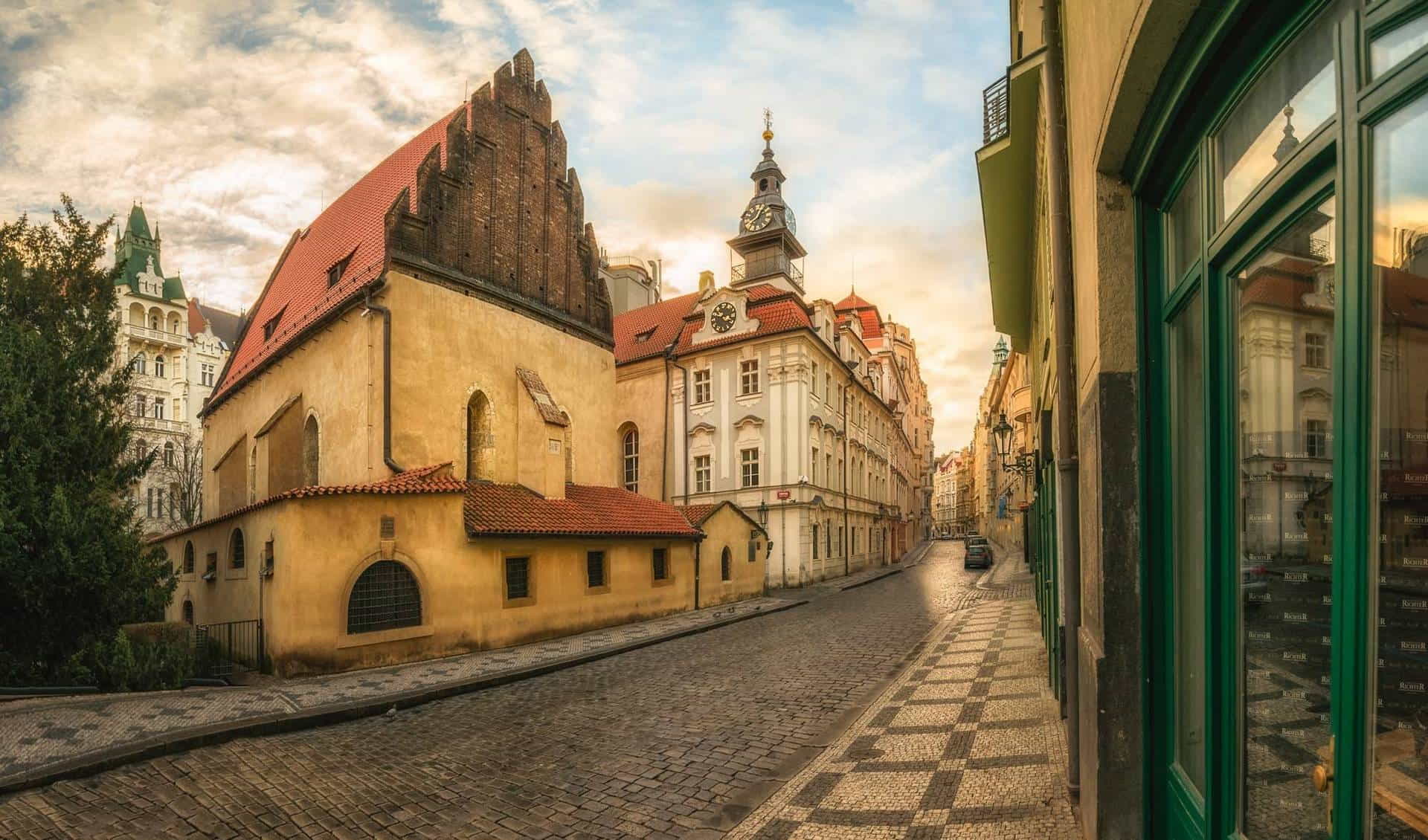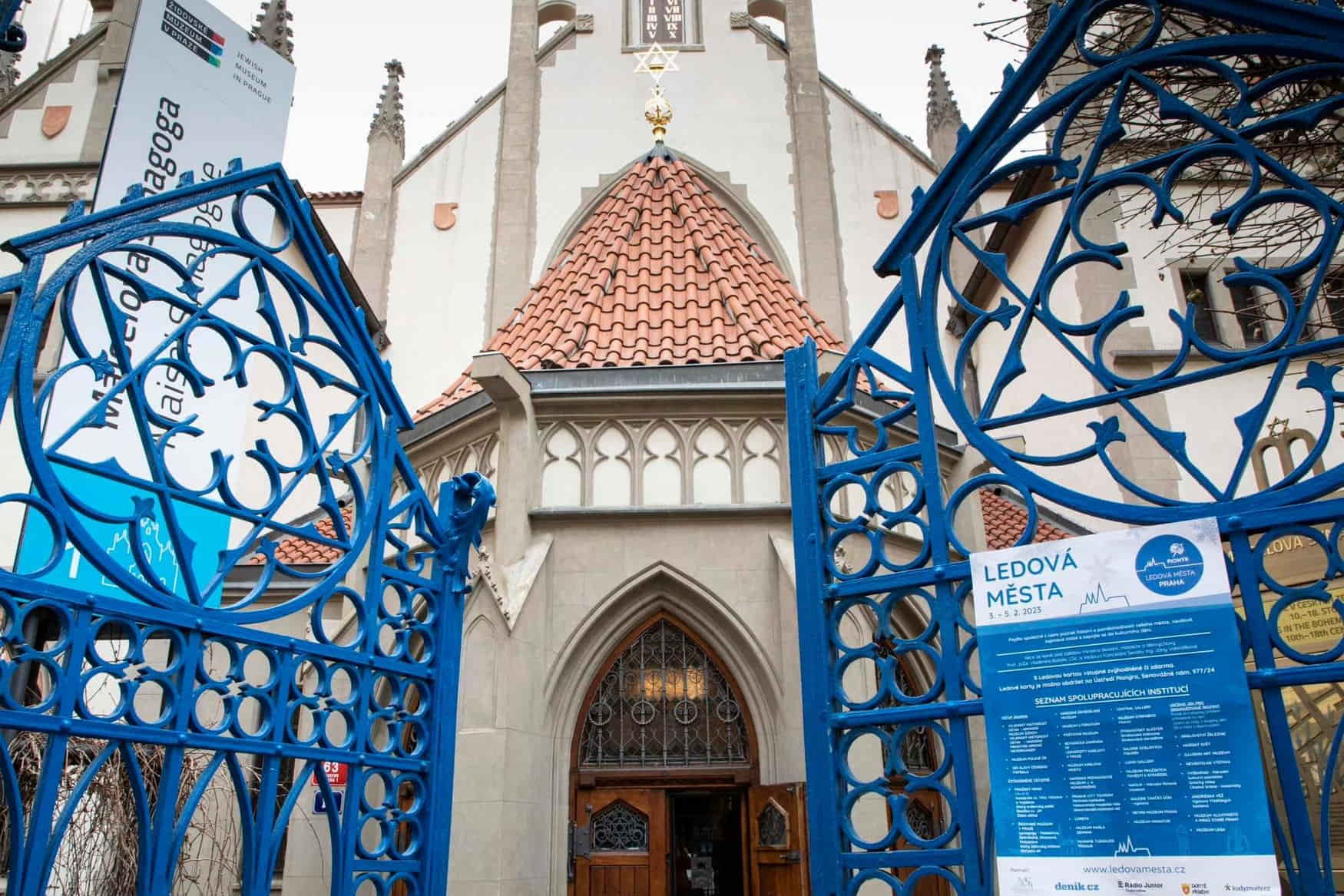Nestled within the heart of Prague, the historic Josefov Quarter stands as a testament to the city's rich past and cultural diversity. Known also as the Jewish Quarter, Josefov echoes stories of its people and traditions with streets that have witnessed centuries of history. For families venturing through Prague, a visit to this district is not just a walk through quaint alleys but a meaningful journey into the resilience and heritage of the Jewish community.
Ambling through the labyrinthine lanes of Josefov, visitors will discover remarkable landmarks that have stood the test of time. The ancient synagogues and the Old Jewish Cemetery form a must-see mosaic of architectural beauty and silent narratives. The tales of ancient times resonate in these spaces, serving as an open-air museum that captivates parents and children with its solemn beauty and educational richness.
Contents
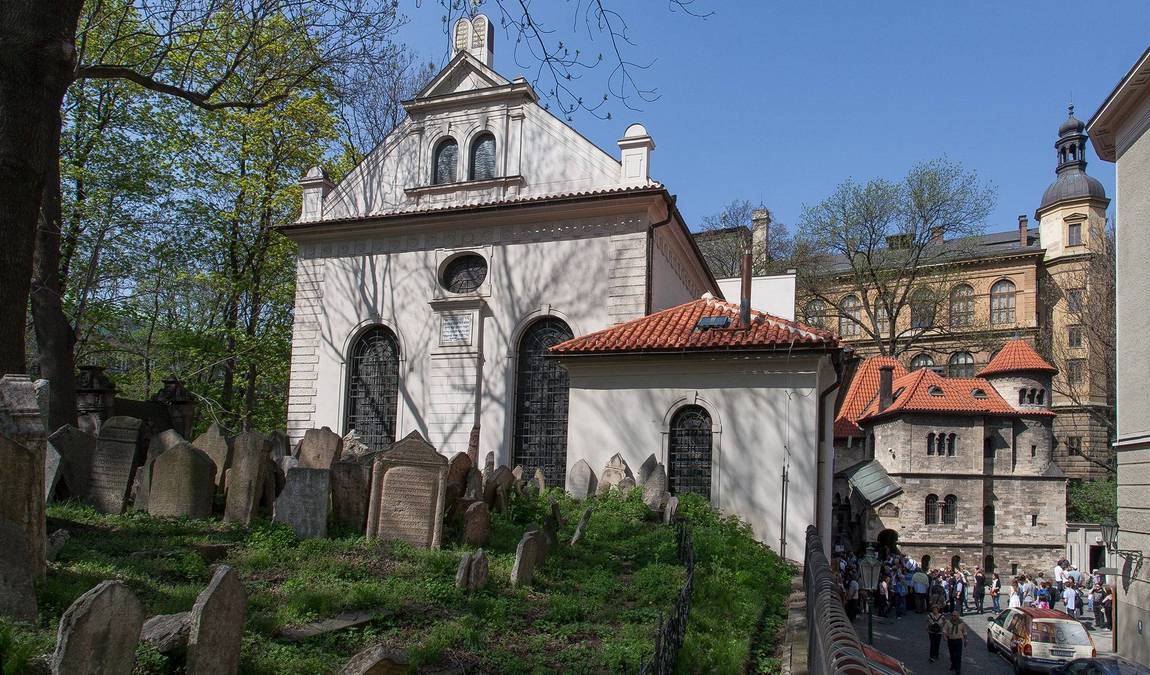 Photo: facebook.com/zidovskemuzeumvpraze
Photo: facebook.com/zidovskemuzeumvpraze
Josefov's location, snug between the Vltava River and the Old Town, makes it an easily accessible enclave within Prague’s picturesque panorama. Despite the sobering reflections of history that this quarter offers, the area equally vibrates with life, having evolved into a lively hub that merges the old with the new. Boutique shops, charming cafes, and intriguing exhibitions provide a contemporary twist to this historic Quarter, promising a fulfilling experience for families seeking knowledge and enjoyment on their Prague adventure.
What is Josefov Known for?
Historical Landmarks: Visitors with a penchant for history are drawn to poignant synagogues such as the Old-New Synagogue, one of the oldest active synagogues in Europe. The area's compelling historical narrative is further showcased by the Jewish Museum, which offers an in-depth look into Jewish heritage in the city.
Old Jewish Cemetery: This solemn site is known as Europe's oldest surviving Jewish graveyard, with tombstones dating back to the 15th century. It’s a place of reflection that tells the tale of the community's longevity in Prague.
Architecture and Culture: Families can wander through the cobbled streets, admiring the unique architectural mix that Josefov offers, encompassing styles from Art Nouveau to Baroque. They'll discover stories etched in the very walls of the Quarter.
In essence, Josefov is a testament to the endurance and cultural contributions of Prague's Jewish community, making it a must-visit destination for families seeking to connect with history and educate children on cultural diversity in a tangible, memorable way.
Why It Might Be Interesting for Kids
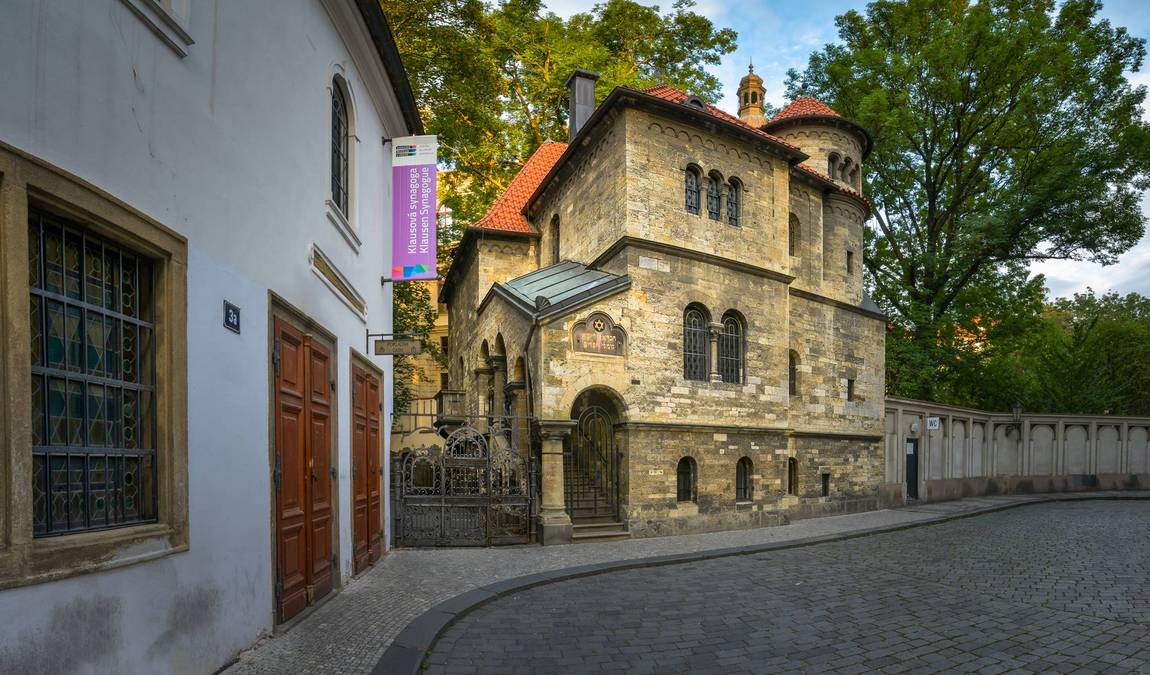 Photo: prague.eu
Photo: prague.eu
Josefov, Prague's Jewish Quarter, provides an enriching experience for children of various ages, combining historical education with fascinating sights. Here are three main reasons why Josefov is worth visiting with kids:
1. A Journey through History: this district tells the poignant story of Prague's Jews, fostering a deep understanding of European history. Kids can engage with the past through well-preserved sites like the Jewish Museum, which includes synagogues and the ancient Jewish Cemetery. Children 8 and above, often curious about history learned in school, will find it intriguing to see their textbooks come to life.
2. Architectural Marvels: Kids with an eye for detail will marvel at the unique architecture, from Gothic to Baroque styles. Places like the Old-New Synagogue — the oldest in Europe — can spark conversations about architectural differences and the stories buildings tell.
Families can expect an unforgettable journey through winding streets filled with stories of resilience and rich heritage. Prague's Jewish Quarter opens windows to understanding beyond what any classroom can provide, making it an ideal destination for families seeking a blend of education and adventure. Children from elementary to high school will find aspects to engage with, leaving them with new perspectives and memories to cherish.
Historical Overview
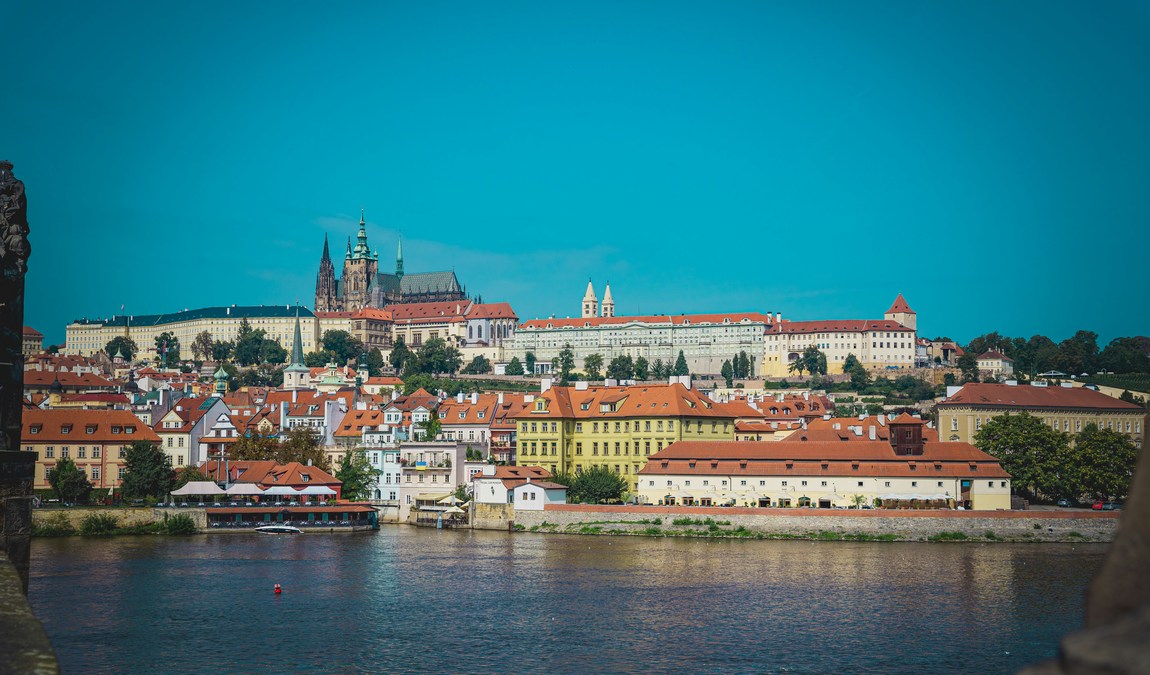 Photo: unsplash.com
Photo: unsplash.com
Josefov, the historic Jewish Quarter of Prague, has a storied past woven deeply into the city's fabric. This enclave holds centuries of Jewish history, from prosperity to adversities during dark historical periods.
Origins of Josefov
Josefov's roots go back to the 13th century when records indicate the presence of Jewish residents in Prague. The Statuta Judaeorum legally solidified their residence in 1262 when Holy Roman Emperor Přemysl Otakar II granted the Jewish community certain rights and a level of self-governance. Over the years, prominent figures such as Mordecai Maisel, the Jewish mayor, a financier, and philanthropist, significantly shaped the area, contributing to the community's wealth and cultural development.
Josefov Through the Ages
Transitioning through time, Josefov evolved, bearing witness to the influence of the Holy Roman Emperor Joseph II (“Josef II.” in Czech), who, in the late 18th century, began integrating the Jewish ghetto with the rest of Prague. This period marked the name change from the Jewish Town to 'Josefov' in his honor. However, the community faced harrowing times during World War II, with the area at the heart of Nazi-occupied Prague.
The Jews of Josefov suffered during the Holocaust. Yet, their stories and presence endure in the synagogues and the solemn expanse of the Old Jewish Cemetery, each gravestone a testament to their legacy. Even amid despair, the cultural vibrancy persisted through figures like Franz Kafka, whose literature left an indelible mark on the area and beyond.
Symbols like the Star of David found throughout Josefov persistently remind Prague of its enduring spirit and rich tapestry of Jewish history. Despite the torment of the Second World War, this Quarter has maintained its unique historical character. It draws families to reflect on its poignant history and celebrate the resilience of its community.
Cultural Significance
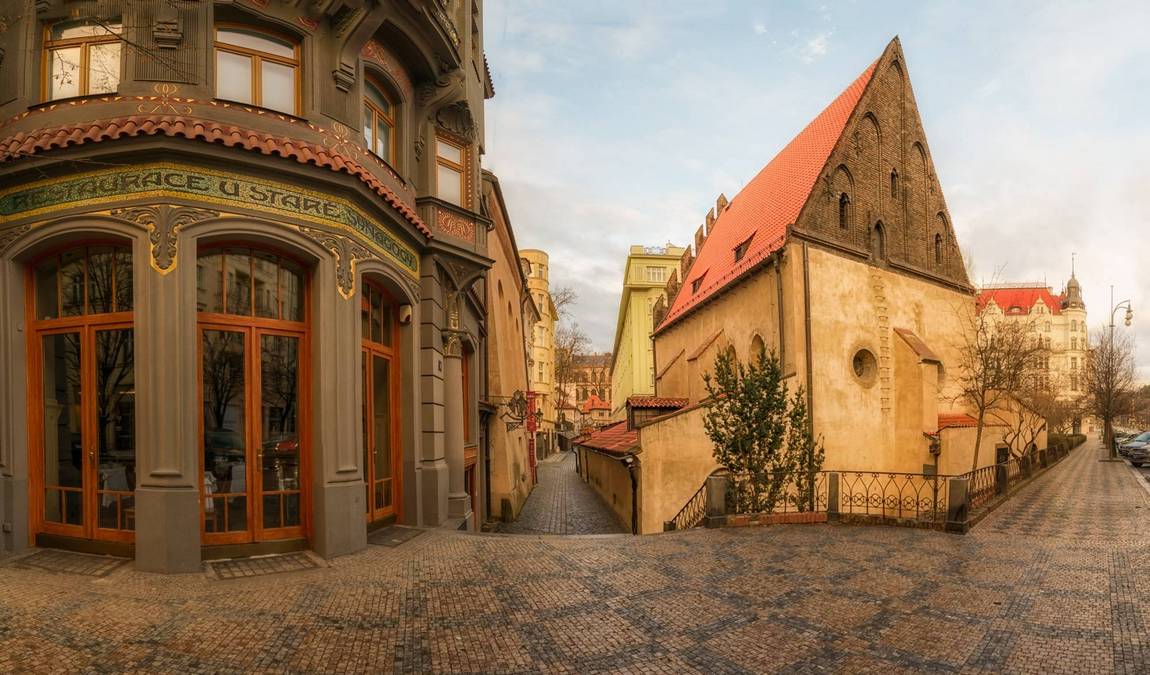 Photo: prague.eu
Photo: prague.eu
The part of Prague known as Josefov is a treasure trove of cultural heritage. Its history spans centuries of Jewish traditions and is marked by an enduring spirit that persists in the very fabric of its streets and landmarks.
Jewish Community and Traditions
A former Jewish ghetto, this district stands as a testament to the cultural and religious life of the Jewish population that has thrived here for hundreds of years. This historic area showcases numerous synagogues, each narrating a unique story of the Jewish people in Prague. Visitors can explore how Shabbat and other Jewish traditions have been observed and preserved, highlighting the special days when community and faith intertwine on these hallowed grounds.
Legends - The Golem
A stroll through Josefov is complete with delving into the mystic tales of the Golem. Created by a local rabbi to protect Jewish residents from harm, the legend of the Golem is integral to the cultural tapestry of Josefov. Children especially find this tale fascinating, as it brings to life the ancient streets of the once-secluded ghetto through stories of protection and magic.
Famous Personalities
This Quarter is also the birthplace of notable figures such as Franz Kafka. Visitors can ponder the complexities of Kafka's works with a visit to the Kafka Monument near the Spanish Synagogue. His contributions and reflections on life remain etched in the culture here, offering families intriguing discussions on literary history right where it unfolded.
What to See in the Prague Jewish Quarter
The Jewish Quarter is home to many cultural landmarks. From its synagogues showcasing various architectural styles to museums narrating poignant tales, the Quarter is a treasure trove for families eager to explore Jewish heritage and history.
The Jewish Quarter Synagogues
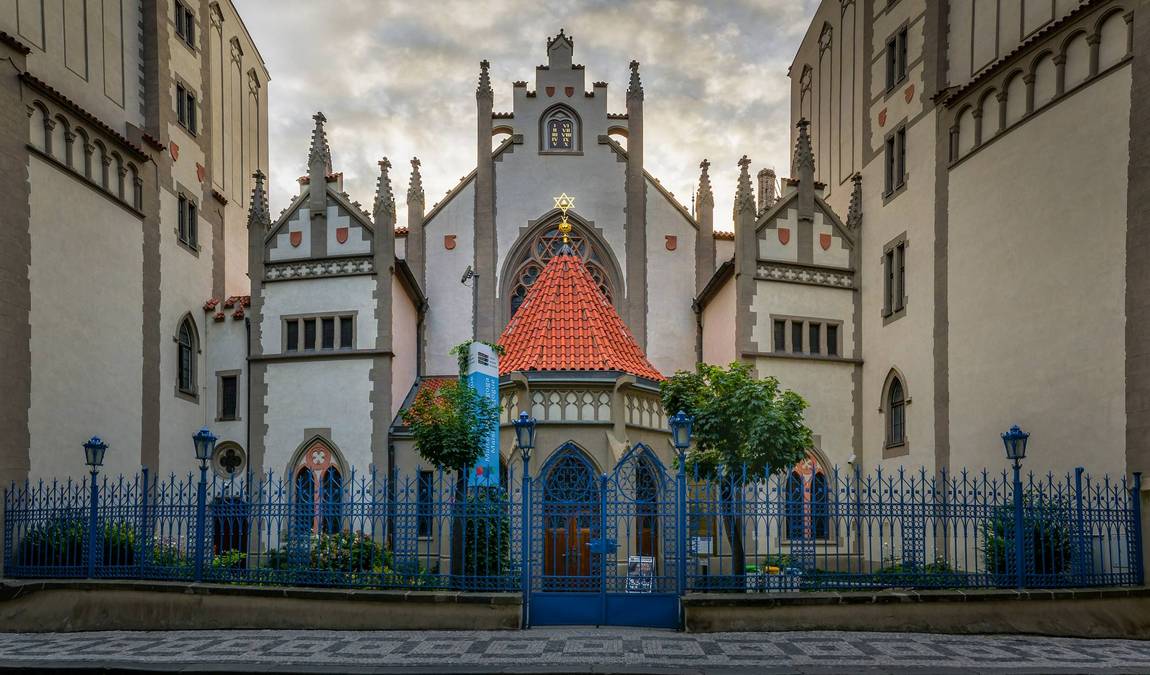 Photo: prague.eu
Photo: prague.eu
- Old-New Synagogue: Europe's oldest active synagogue, this Gothic-style jewel is steeped in centuries of history. It has been the cornerstone of Prague's Jewish community since the 13th century.
- Spanish Synagogue: With its stunning Moorish-style architecture and beautiful interiors, it is a visual feast, reflecting influences that echo far beyond the Jewish Quarter.
- Maisel Synagogue: Learn about Prague's Jewish history in the Renaissance era. Maisel Synagogue now houses a significant collection of Judaica.
- Pinkas Synagogue: The synagogue's walls are a somber memorial bearing the handwritten names of Bohemian and Moravian Jewish victims of the Holocaust. Adjacent is the entrance to the Old Jewish Cemetery.
- Klausen Synagogue: Largest in the Quarter, this Baroque masterpiece is home to permanent exhibitions on Jewish traditions and customs.
- Ceremonial Hall: Next to the Klausen Synagogue, the Ceremonial Hall, in its Neo-Gothic design, presents healthcare displays and rituals in the Jewish community.
Museums and Exhibitions
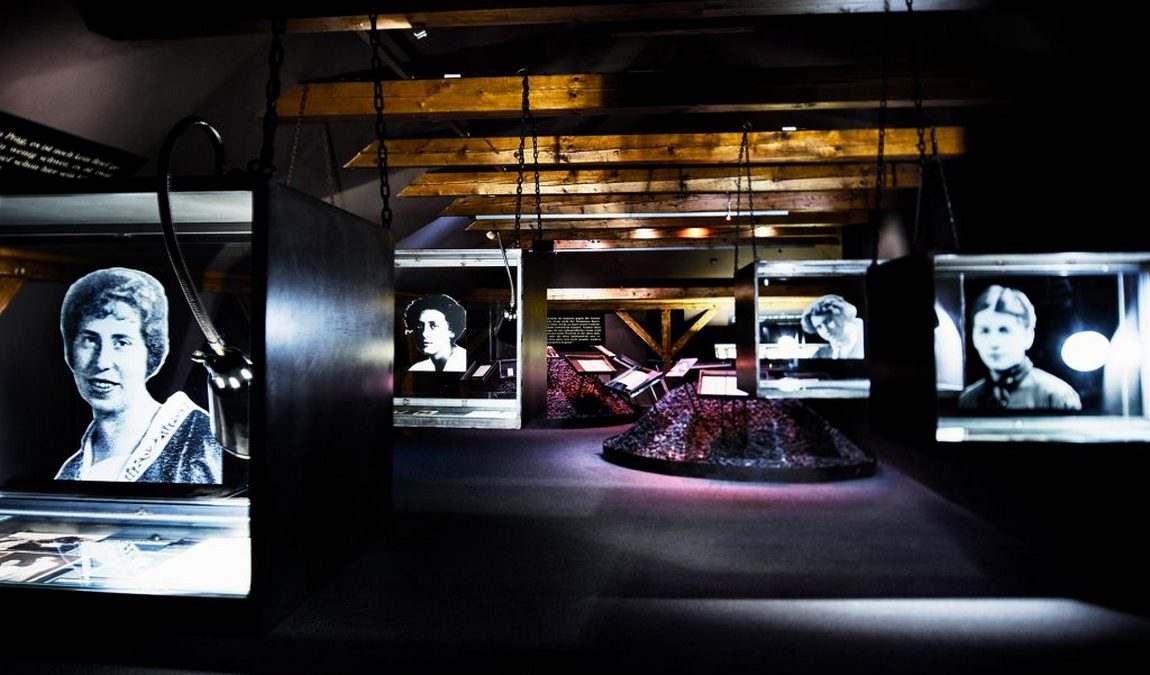 Photo: kafkamuseum.cz
Photo: kafkamuseum.cz
- Franz Kafka Museum: Delve into the life of one of Prague’s most illustrious literary figures at the intriguing Franz Kafka Museum.
- Jewish Museum: Spread across several sites, including some of the Quarter's synagogues, it hosts a permanent exhibition on the history of the Jews, artifacts, art, and exhibits detailing the life and history of Jews in the Czech Republic. It is one of the oldest Jewish museums in Europe.
Franz Kafka Monument
- Bronze Statue: A striking Art Nouveau monument dedicated to Franz Kafka, this sculpture presents an opportunity to ponder the famed writer’s legacy amidst the streets that inspired much of his work.
Old Jewish Cemetery
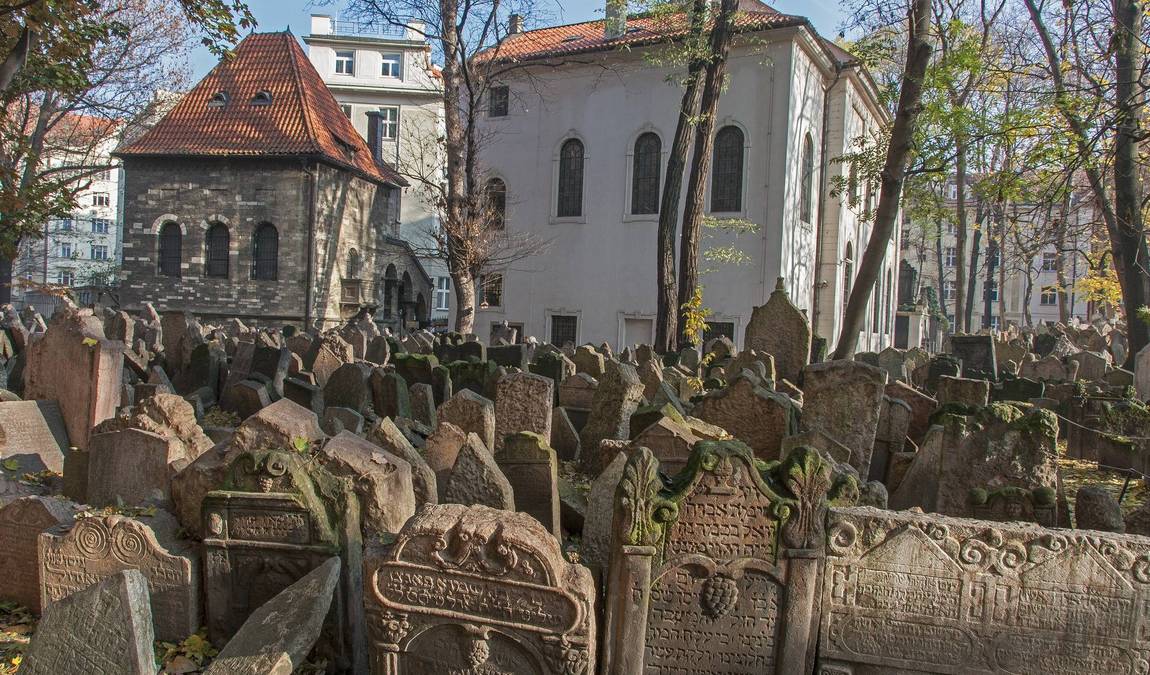 Photo: facebook.com/zidovskemuzeumvpraze
Photo: facebook.com/zidovskemuzeumvpraze
- Resting Grounds: It is one of the largest Jewish cemeteries in Europe, with tombstones dating back to the 15th century, crowded together in a poignant reminder of the confined space allotted to Prague's Jewish community.
These sites are just the beginning of the experiences awaiting families in the Prague Jewish Quarter, where each corner tells a different story, and every cobblestone is imbued with the echoes of the past. The area is adjacent to Prague's Old Town, inviting further exploration of the city's rich history and stunning architecture.
Cultural Exchange and Influence
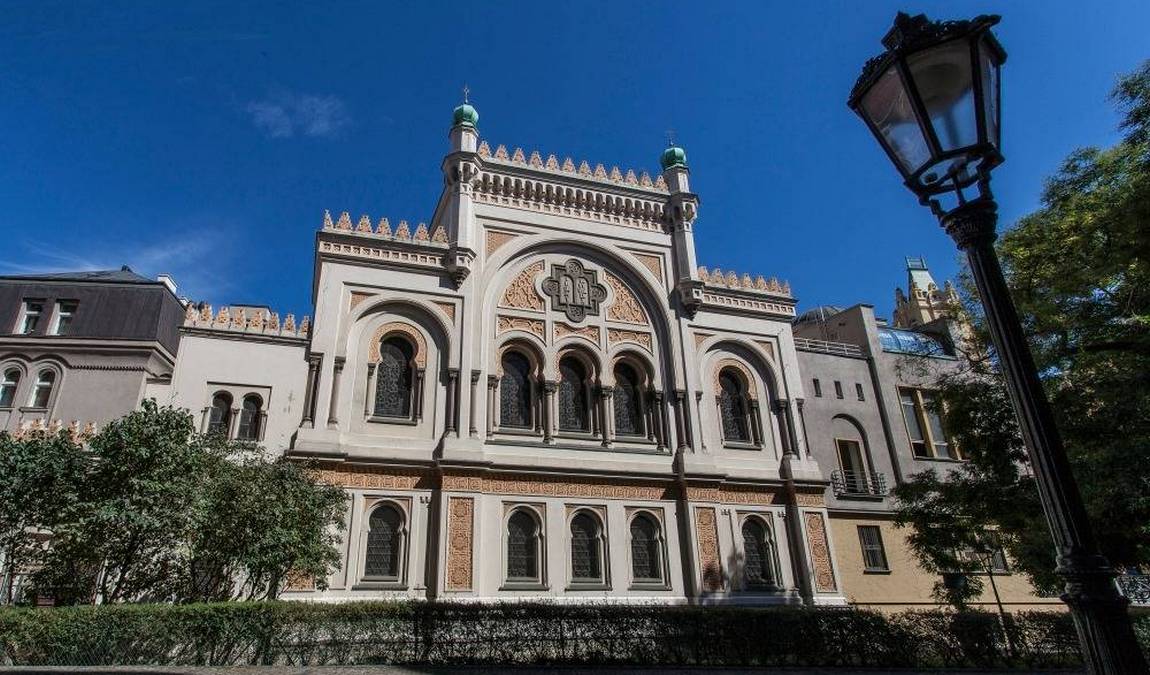 Photo: facebook.com/zidovskemuzeumvpraze
Photo: facebook.com/zidovskemuzeumvpraze
Josefov, Prague's historical Jewish Quarter, is a tapestry woven with the threads of cultural exchanges and influences, offering visitors a rich narrative of integration and contribution. This section reflects on how the Jewish community transitioned from isolation within the ghetto to becoming integral to Prague's cultural and social fabric.
The Jewish Quarter of Prague, also known as Josefov, originated under restrictive conditions where Jews were confined to live. Over time, this ghetto became a center of Jewish life and traditions, encapsulating the resilience of the Jewish population. The post-ghetto era marked a significant change as the walls came down, and the Jews of Bohemia and Moravia began integrating into the broader Prague society, influencing and adding to its diversity.
The Jewish inhabitants of Prague have been instrumental in shaping the city's character. Within the synagogues, schools, and cultural sites of the Prague Jewish Quarter, visitors can learn about the contributions of the Jewish community across various fields, including society, arts, and commerce. These contributions continue to echo through Prague, as the Jewish people's story has become inseparable from the city's narrative. Their enduring legacies are palpable within the Quarter's museums and historical sites, which testify to the community's profound influence on Prague.
Preservation and Challenges
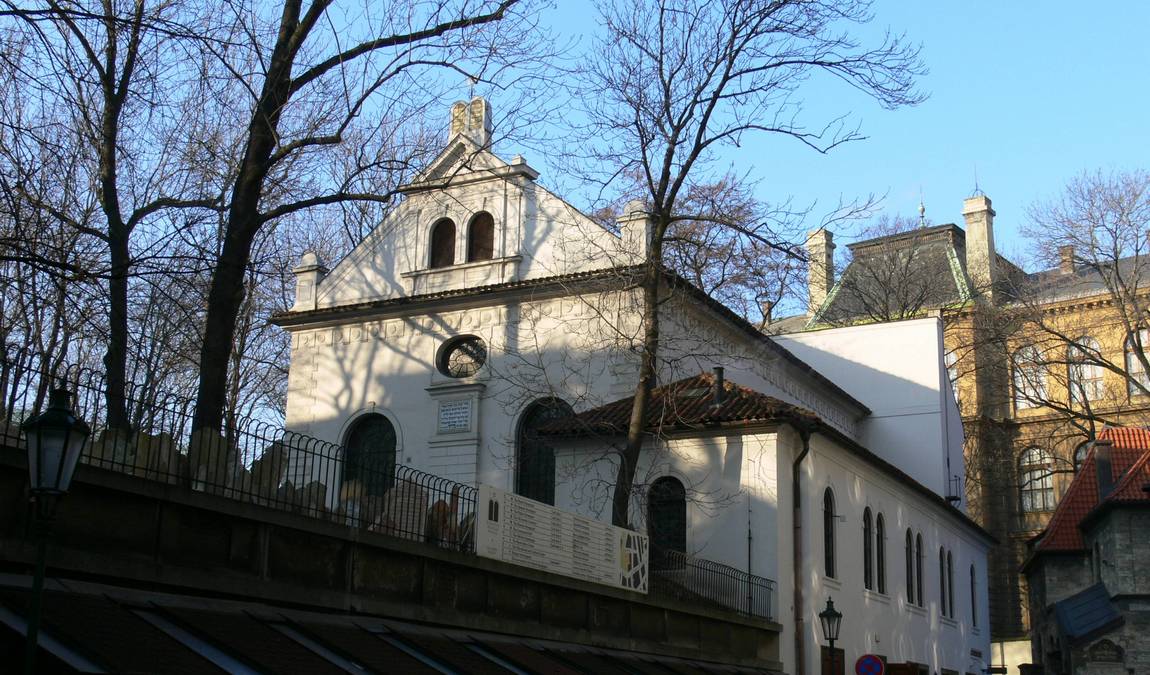 Photo: prague.eu
Photo: prague.eu
Josefov, Prague's Jewish Quarter, is a testament to the enduring legacy and challenges the Jewish community faces. Meticulous conservation efforts work alongside a complex history marked by the ravages of war and the struggles of post-war restoration to maintain this historic area.
In the breathtaking streets of Josefov, preservation is a priority. The Jewish Museum in Prague, with its founding in 1906, continues to carry out an essential role in conserving the artifacts and synagogues of the Quarter. These efforts ensure that the legacies and the rich Jewish history enclosed in the walls of the Quarter's architecture are preserved.
The dark shadows of the Holocaust cast a sad stain on Josefov's past. Amidst turbulent times, this area saw the Jewish population decimated by concentration camps and pogroms. The post-war period brought challenges, with restorations needed to heal the physical scars on surviving structures. Today, these entities narrate a silent yet poignant story of resilience through each preserved stone.
Best Time to Visit
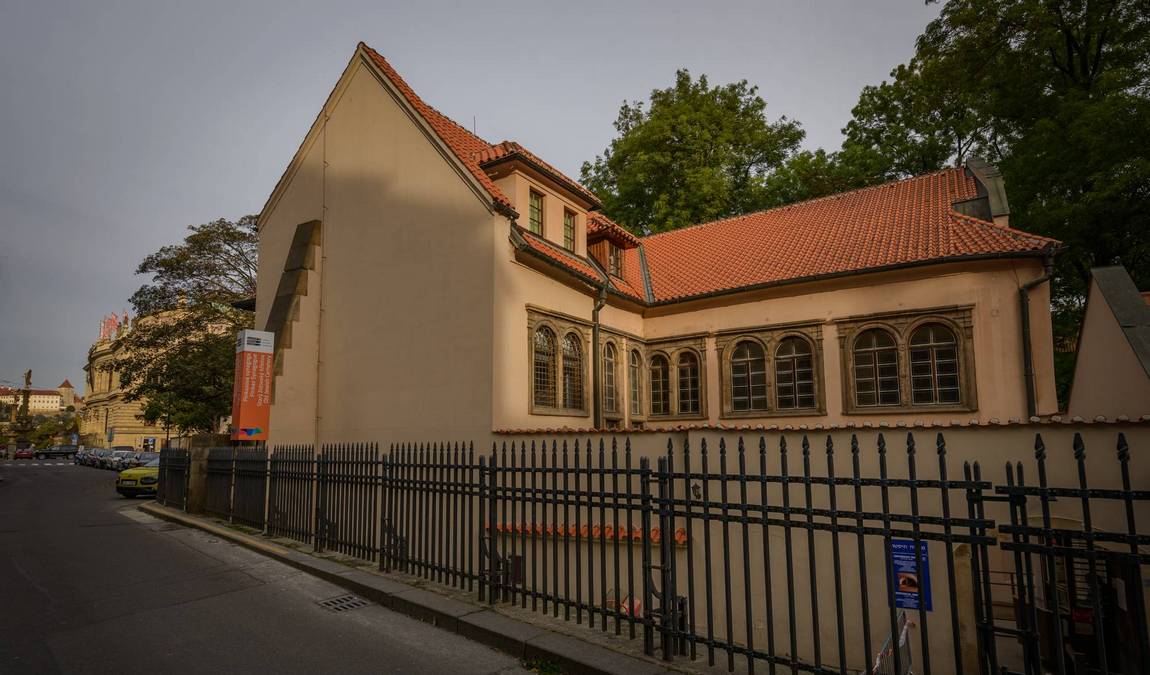 Photo: prague.eu
Photo: prague.eu
Timing is essential when planning a family adventure to Josefov, Prague's historic Jewish Quarter. Spring and autumn strike the perfect balance, offering pleasant weather, fewer crowds, and a comfortable environment for adults and children.
Visiting Hours:
- Best Months: Late April to June, September to October
- Days: Tuesday to Sunday (Closed on Jewish holidays)
- Time: Morning to Early Afternoon (9 AM - 2 PM)
Spring brings blooming flowers and lush green spaces, ideal for strolls with the little ones. Autumn paints the town in golden hues, making it a picturesque time for family photos and outdoor activities.
Families should visit on weekdays to avoid the weekend rush. Josefov offers a quieter, more digestible experience for young explorers. Mornings to early afternoons provide ample time to discover the Quarter's treasures, from synagogues to the unique artifacts in the Jewish Museum, without overwhelming the kids.
Avoid Saturdays, as the Jewish Sabbath may mean certain areas are closed, limiting the educational experience. Planning around Jewish holidays is also crucial to ensure all sites are accessible.
For a genuinely engaging family trip, synchronize your visit with cultural events throughout these favorable seasons. These events enrich the historical context with vibrant, contemporary life.
How Long Does It Take to Attend?
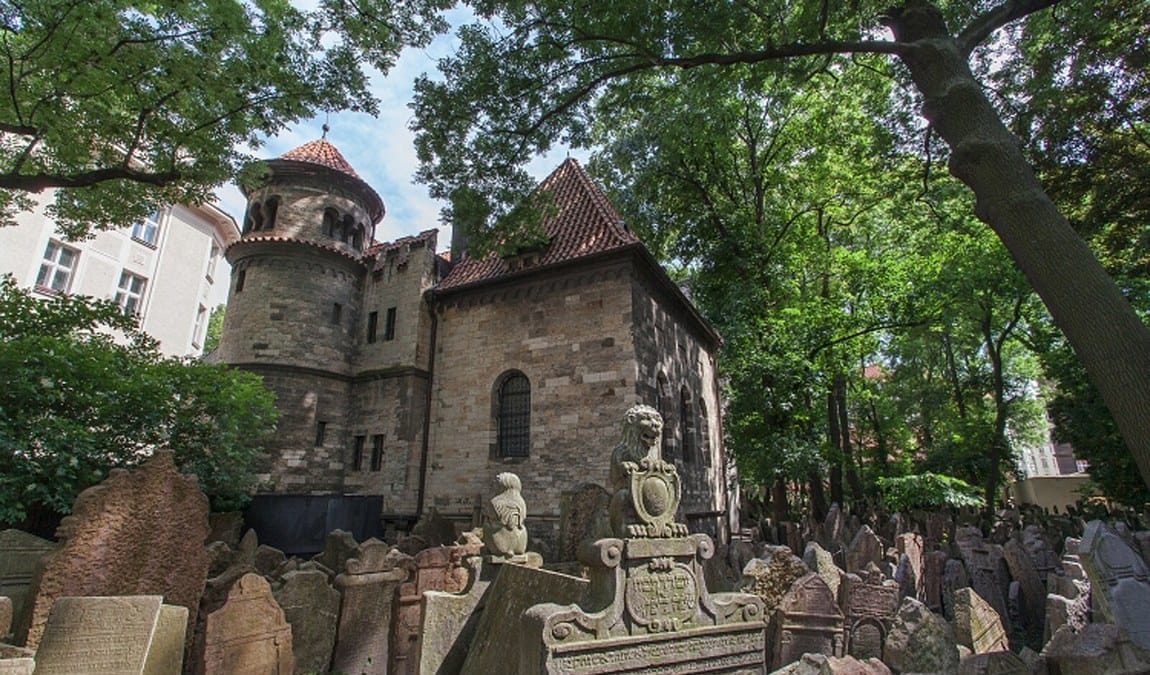 Photo: prague.eu
Photo: prague.eu
Visitors planning a trip to Josefov, Prague's renowned Jewish Quarter, often wonder about the time required to experience this historic area fully.
For Families with Kids:
A visit can typically span anywhere from half a day to a full day, depending on interest levels and time spent at each site. The Quarter offers a rich tapestry of culture that can be educational and compelling for adults and children.
Morning Itinerary:
- Start with the Old Jewish Cemetery, one of Europe's oldest surviving Jewish cemeteries, which requires about 30-45 minutes. Following that, the Pinkas Synagogue, with its poignant Holocaust memorial, deserves a quiet and reflective 30-minute visit.
Afternoon Exploration:
- Dedicate the afternoon to exploring the other synagogues, such as the Spanish Synagogue and the Old-New Synagogue, estimating around 20-30 minutes per site. Children usually find the legends associated with the Old-New Synagogue's attic fascinating.
Time-Saving Tips:
- Purchasing tickets online from the official Jewish Museum can save waiting time.
- Opt for a guided tour to better manage your time and deepen your understanding of each site's history and significance.
Note: Some families prefer to spread the visit over two days to ensure a more relaxed pace, especially when traveling with younger children who may need breaks.
Remember, times can vary widely depending on interest levels and the pace one prefers to explore. However, planning with these timeframes in mind ensures a thorough and enjoyable visit without feeling rushed.
Is Josefov Worth Visiting?
Josefov, Prague's renowned Jewish Quarter, is a treasure trove of history and culture in the city's heart. Visiting here offers families a unique blend of educational experiences and captivating sights.
Historical significance: This district is one of Prague's most historically significant areas, where one can trace the Jewish presence from the 10th century to the present. Cultural heritage: The beautifully preserved synagogues, including the Spanish Synagogue with its Moorish interior and the Old Jewish Cemetery, are poignant sites that offer a window into a rich cultural past.
For families with kids, interactive learning opportunities such as guided tours provide insightful stories that engage young minds.
- Educational: Kids can learn about European Jewish history in an accessible way.
- Engaging: The narratives of resilience and community are showcased throughout the area.
Josefov is worth visiting for its remarkable architecture, historical insights, and cultural impact. Visitors find a place pivotal in understanding Prague's history and essential in grasping more comprehensive European tales of endurance and identity.
With pedestrian-friendly streets and an atmosphere that feels like a step back in time, each corner of Josefov has a story to tell. Itinerary staples like the Pinkas Synagogue turned into a harrowing memorial for Czech Holocaust victims, and the legendary Old-New Synagogue, Central Europe's oldest active synagogue, make for a memorable visit.
Josefov is an enriching destination for a family trip to Prague. It offers a deep dive into centuries-old traditions and histories in a way that's engaging for adults and children alike.


